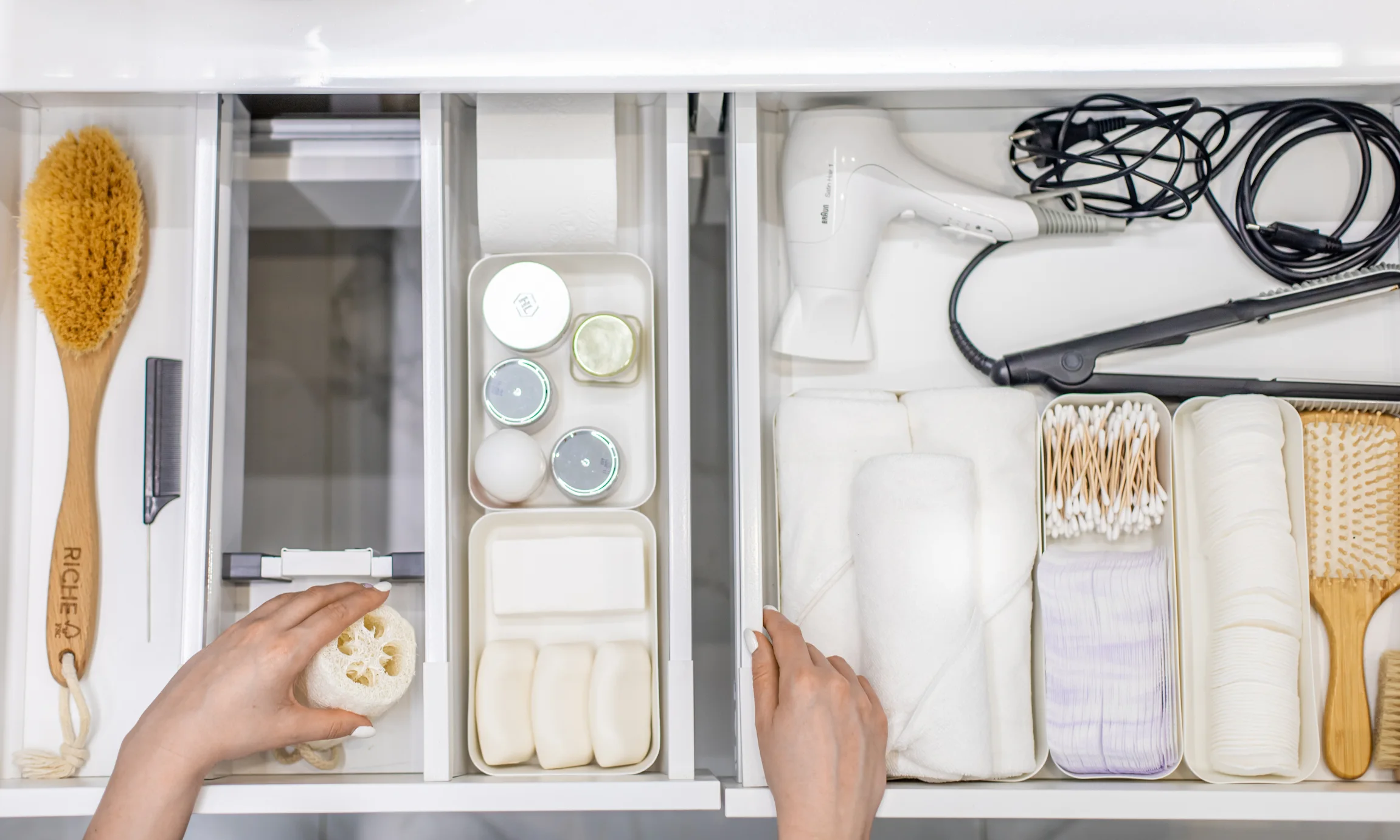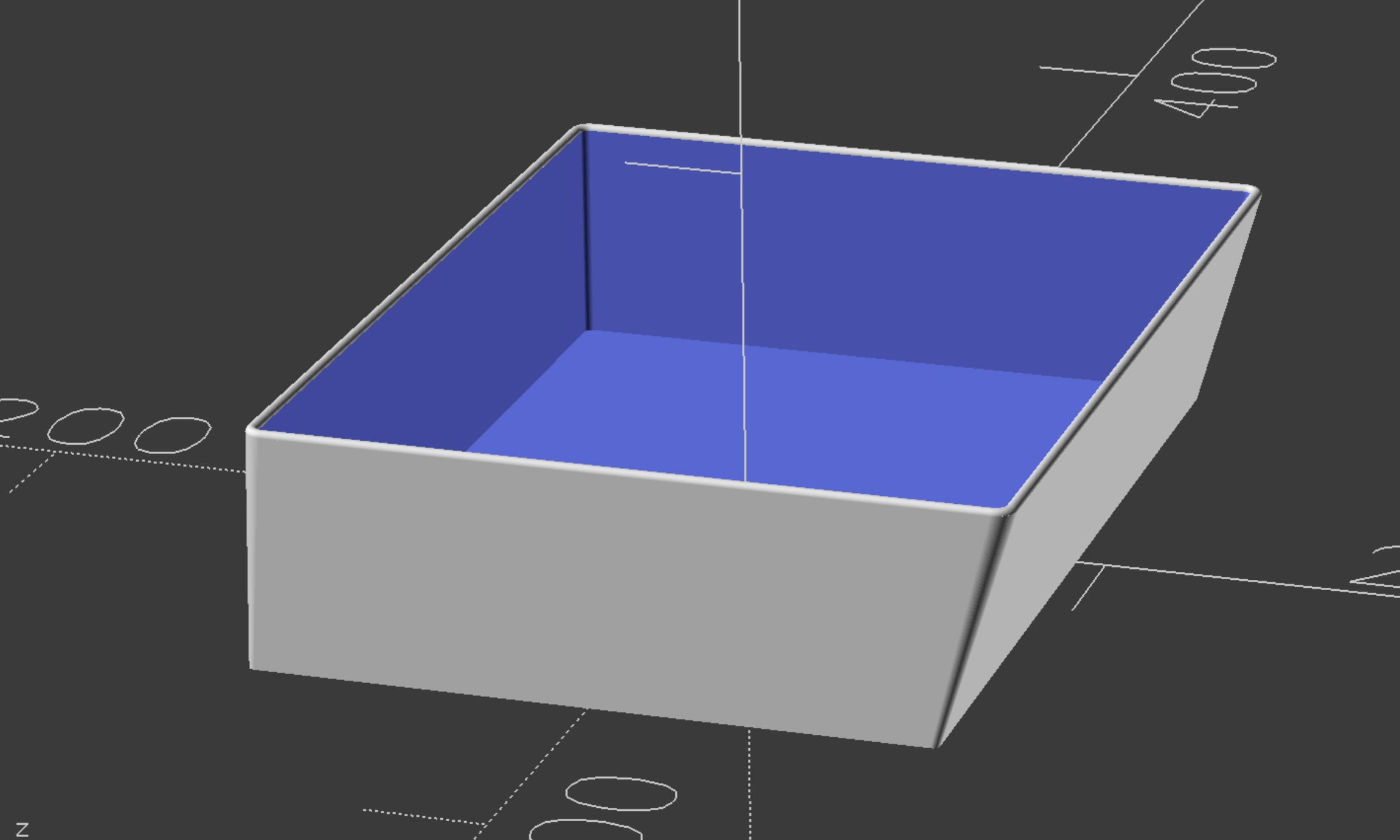
Moving doesn’t just test your patience; it tests your back, your budget, and your emotional stamina. It’s the packing peanuts in your coffee, the mystery tangle of cords, and the slow realization that you own 37 empty jars “just in case.”
And sure, you could search for generic moving checklists. But if you’re here, you’re looking for more than that. You want moving tips and tricks from a professional organizer that only they can provide: clear systems, thoughtful details, and a little less chaos.
That’s where Kristina Pinkerton comes in. Kristina is a Professional Organizer and the founder of Organizing Huntsville. She’s helped countless clients move into new homes without the usual meltdown, and today, she’s walking us through exactly how to do it.
"The biggest mistake I see is underestimating how much time and stuff is involved." Kristina says it’s crucial to start early—ideally several weeks out. The moment your move becomes official, start creating a timeline.
This is the planning phase—not the packing phase. Now’s the time to wrap your head around the logistics, set deadlines, and break the process into manageable chunks.
Break your move into manageable phases:
Laying out these phases up front gives you a clear roadmap, so you’re never left wondering what to tackle next.
A move is always going to be work—but giving yourself lead time can make it feel like a plan instead of a panic.
Kristina’s first step is simple: declutter before you even think about boxing anything up.
“By letting go of items you no longer use or love,” she says, “you’ll save time packing, cut down on moving costs, and make settling into your new home feel lighter and more intentional.”

So how do you actually do that?
Kristina’s method centers on visualizing the life you want to create in your next home. Ask yourself:
She explains, “If something isn’t being used in their current home, it’s unlikely to be useful in the new one.”
Instead of focusing on what you’re getting rid of, shift your mindset to what you’re choosing to bring with you. That alone can make letting go feel less overwhelming.
For the best results:
This isn’t just about lightening your boxes. It’s about entering your next chapter with intention.

You don’t need every fancy gadget from a moving store, but the right basics can seriously reduce stress. Kristina’s go-to supplies are simple, functional, and easy to get your hands on:
Gather these supplies before you start packing, so you’re not scrambling when it’s time to box things up.
Before you even lift the tape dispenser, map out a system.
Kristina recommends packing by room first, then organizing by type within each room.
So instead of tossing all chargers into a single “electronics” box, keep kitchen gadgets with other kitchen items—even if that includes a random plug-in milk frother.
This keeps unpacking logical and reduces the number of times you’ll say, “Why is this in here?”
Make sure:
This strategy will save you time on both ends of the move.
Now that you know what goes in each box, it’s time to pack them the right way.

Here’s how to do it like a pro:
For specific items:
Use tape generously and label as you go—you’ll thank yourself later.

Don’t just scrawl “stuff” on the side of your boxes and hope for the best.
Kristina suggests being specific: “Instead of just writing 'Kitchen,' write ‘Kitchen – Toaster, Mixing Bowls, Mugs.’ This small step makes a big difference when you’re trying to find something quickly during unpacking.”
Pair that with colored tape for even faster sorting. Assign one color per room so your movers—or your exhausted self—can instantly tell where everything goes.
A few tips:
You’ll be grateful for this system when you’re hunting for your coffee maker on day one.

Even with a plan in place, getting started is often the hardest part. The boxes, the chaos, the “where do I even begin?” overwhelm—it’s a lot.
Kristina has a tip that makes things easier: “Begin with items you won’t need right away: off-season clothing, décor, books, and sentimental items.”
Packing everything you own can feel completely paralyzing. But starting with low-stakes stuff—the items you haven’t touched in months—makes the task feel less like a mountain and more like a staircase. One step, one box, one tiny win at a time.
Your first 24–72 hours in a new home can be a whirlwind—but a few intentional boxes can make them feel smooth and sane.

Kristina recommends setting aside clearly labeled “open first” boxes for each room. These aren’t just about convenience—they’re your lifeline when you’re too exhausted to think.
These boxes should include:
Having these boxes ready means you can brush your teeth, charge your phone, and collapse into bed—no box scavenger hunt required.
Clear bins are perfect here, so you can see what’s inside at a glance. And because you’ve already labeled them by room, they’ll land in the right spot from day one.
“Open first” boxes also give you a clear place to begin. Instead of staring at a mountain of boxes, you’ll know exactly where to start in each room. It’s a small trick that makes a huge difference.
From there, Kristina suggests unpacking room by room, focusing on the spaces you’ll use most—like the kitchen, bathroom, and bedroom. If a box sits untouched for weeks? That might be a sign it’s full of stuff you don’t really need.
Now that everything’s out of the boxes, it’s tempting to start putting things away as quickly as possible—just to be done with it.
But Kristina urges you to pause. This is your chance to be thoughtful.

She explains, “I learn about [my clients’] daily routines and place items in the most functional spots based on how often they’re used, not just where they fit.”
That means:
These small decisions—like putting your go-to pan next to the stove or keeping your vitamins in the drawer closest to the fridge—can add up to a home that works smarter, not harder.
Moving doesn’t have to be an emotional and logistical black hole. With a bit of strategy—and guidance from pros like Kristina—you can trade the chaos for clarity.
And if it still feels like too much? You don’t have to do it alone. A professional organizer can help streamline the entire process—and with the right tools, make every drawer, bin, and box feel intentional from day one.
Looking for expert support? Search for an AnyDrawer Preferred Partner in your area to get personalized help for your move.

